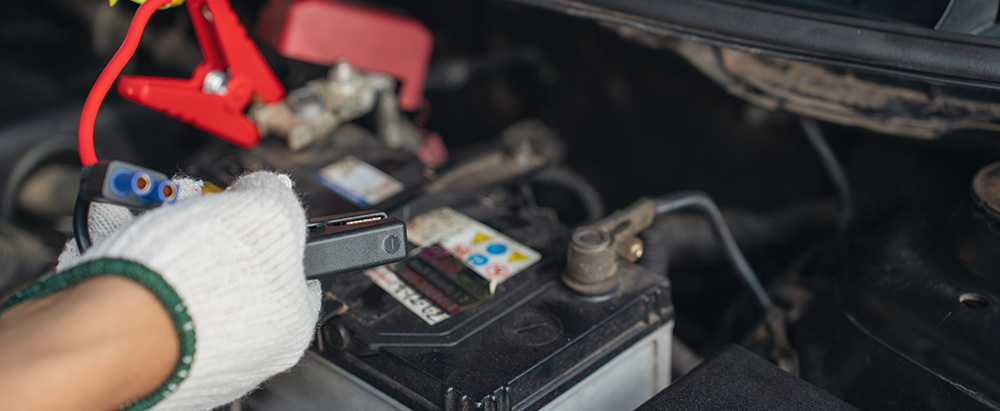Certain Porsche Taycan models from 2021 to 2024 may face issues with their high-voltage batteries, specifically the potential for short circuits within the battery modules. These short circuits could result in thermal events, including the risk of overheating or even fires in extreme cases. The root cause of this issue has been traced back to potential manufacturing problems from the battery supplier, which, in rare instances, increase the likelihood of internal short circuits.
This latest recall builds on earlier recalls that were issued for similar battery-related problems, namely 23V-840 (manufacturer recall code APB5), 24V-215 (code ARA4), and 24V-217 (code ARA5). Porsche has been using data analytics and conducting hardware tests to better understand the extent of the issue. On September 23, 2024, the company determined that additional Taycan vehicles might be at risk due to potential battery defects, even though no confirmed data anomalies have been identified in these vehicles so far. As a result, Porsche launched a new recall with the identification codes ARB6 and ARB7.
Breakdown of ARB6 and ARB7 Recalls
- ARB6: This recall covers a group of vehicles for which Porsche does not have enough data to determine whether there are issues with the high-voltage batteries. Since there isn’t sufficient information, Porsche is taking precautionary measures. Owners of vehicles in this group will receive a notification advising them to limit their battery’s charging capacity to a maximum of 80%. This is intended as a temporary solution while further analysis is conducted to either confirm the presence of battery anomalies or clear the vehicle of any issues. This interim step is designed to reduce the risk of thermal events while Porsche continues its investigation.
- ARB7: In contrast, ARB7 applies to a set of vehicles for which Porsche has gathered sufficient battery data, and current diagnostics show no data anomalies in the high-voltage battery. As a result, there is no need to restrict battery charging for these vehicles to 80%. What sets this group apart is that these vehicles allow Porsche to continuously monitor the battery health via over-the-air updates. This real-time data monitoring enables Porsche to detect any future battery module issues quickly. If an anomaly is detected later, Porsche will notify owners, replace the affected battery module, and advise them to limit charging to 80% until the replacement is completed.
As part of this recall process, Porsche is implementing a series of steps to address the potential battery issues:
- For ARB6 Vehicles: Owners are advised to cap their battery charging at 80% until a more permanent solution is available. This is purely a precautionary measure while Porsche continues to analyze the vehicles and gather more data on the potential risks.
- For ARB7 Vehicles: Since Porsche already has access to these vehicles’ battery data via over-the-air diagnostics, there is no need for an 80% charging limit unless future data shows a problem. Porsche’s real-time monitoring will automatically detect any battery module anomalies. Should a problem arise, the company will issue a notification to the owner, and the affected battery modules will be replaced. In the meantime, Porsche will advise affected owners to limit charging to 80% as a safeguard.
For both ARB6 and ARB7, the final remedy will involve installing an advanced on-board diagnostic software on all affected vehicles. This software will be capable of detecting potential battery anomalies before they become serious. However, before this software is installed, Porsche will conduct an analysis of the battery modules in each vehicle. If the analysis shows that no problems are present, the software will be installed immediately. If the analysis detects any issues, Porsche will replace the faulty battery module(s) before proceeding with the installation of the diagnostic software.
Once the new on-board diagnostic software is installed, it will continuously monitor the vehicle’s high-voltage battery using advanced data analytics. If the software detects an anomaly in any of the battery modules, it will send a warning message to the vehicle’s head unit, alerting the driver. In this case, the battery’s charging capacity will be automatically limited in stages: first to 80%, and eventually to a lower limit, likely around 50%, depending on the severity of the detected anomaly. This stepwise reduction in charging capacity helps prevent thermal events and gives the driver time to seek service. If necessary, Porsche will replace the affected battery modules to restore the vehicle’s full functionality. Since the battery consists of multiple modules, it is possible that different modules could show issues at different times, requiring multiple replacements over the vehicle’s lifetime.
Porsche plans to roll out this advanced diagnostic software as the final remedy in the first quarter of 2025. In the meantime, dealers will be prepared to install interim software and address any battery concerns as they arise. Owners of affected vehicles will receive notification letters starting on November 29, 2024. These letters will provide detailed instructions on what steps to take next and how to proceed with repairs or updates.
The recall numbers for this issue are ARB6 and ARB7. Additionally, the National Highway Traffic Safety Administration (NHTSA) has assigned campaign numbers 24V-731 and 24V-732 to these recalls. These recalls build on and replace the earlier recalls 23V-840, 24V-215, and 24V-217, expanding the affected vehicle population as Porsche continues its investigation.






 Certain 2019-2020 Nissan Leaf vehicles, specifically those equipped with quick charge ports for Level 3 charging using the CHAdeMO connector, are facing a potential issue where the battery could overheat during quick charging. This issue is serious, as it significantly raises the risk of a vehicle fire, which could lead to injury or property damage. The affected LEAF models were produced at Nissan’s Smyrna, Tennessee plant between August 29, 2018, and November 3, 2020. Nissan has identified this issue through their production records, confirming that it is limited to these specific Model Year 2019-2020 LEAF vehicles. Importantly, no other Nissan or INFINITI vehicles are known to be impacted by this defect, offering some reassurance to owners of other Nissan models.
Certain 2019-2020 Nissan Leaf vehicles, specifically those equipped with quick charge ports for Level 3 charging using the CHAdeMO connector, are facing a potential issue where the battery could overheat during quick charging. This issue is serious, as it significantly raises the risk of a vehicle fire, which could lead to injury or property damage. The affected LEAF models were produced at Nissan’s Smyrna, Tennessee plant between August 29, 2018, and November 3, 2020. Nissan has identified this issue through their production records, confirming that it is limited to these specific Model Year 2019-2020 LEAF vehicles. Importantly, no other Nissan or INFINITI vehicles are known to be impacted by this defect, offering some reassurance to owners of other Nissan models. Chrysler (FCA US, LLC) has found a problem with some 2019-2021 Pacifica Plug-In Hybrid Electric (PHEV) vehicles, as well as some 2017-2018 Pacifica PHEVs that got a software update under a previous recall (NHTSA recall number 22V-077). The issue is with the battery pack, which could cause a fire even when the car is parked and the ignition is off.
Chrysler (FCA US, LLC) has found a problem with some 2019-2021 Pacifica Plug-In Hybrid Electric (PHEV) vehicles, as well as some 2017-2018 Pacifica PHEVs that got a software update under a previous recall (NHTSA recall number 22V-077). The issue is with the battery pack, which could cause a fire even when the car is parked and the ignition is off. Kia has identified a potential safety issue with certain 2022 Kia Niro Electric Vehicle (EV) models. The problem affects the high-voltage battery safety plug, which may overheat and melt due to electrical resistance.
Kia has identified a potential safety issue with certain 2022 Kia Niro Electric Vehicle (EV) models. The problem affects the high-voltage battery safety plug, which may overheat and melt due to electrical resistance.
